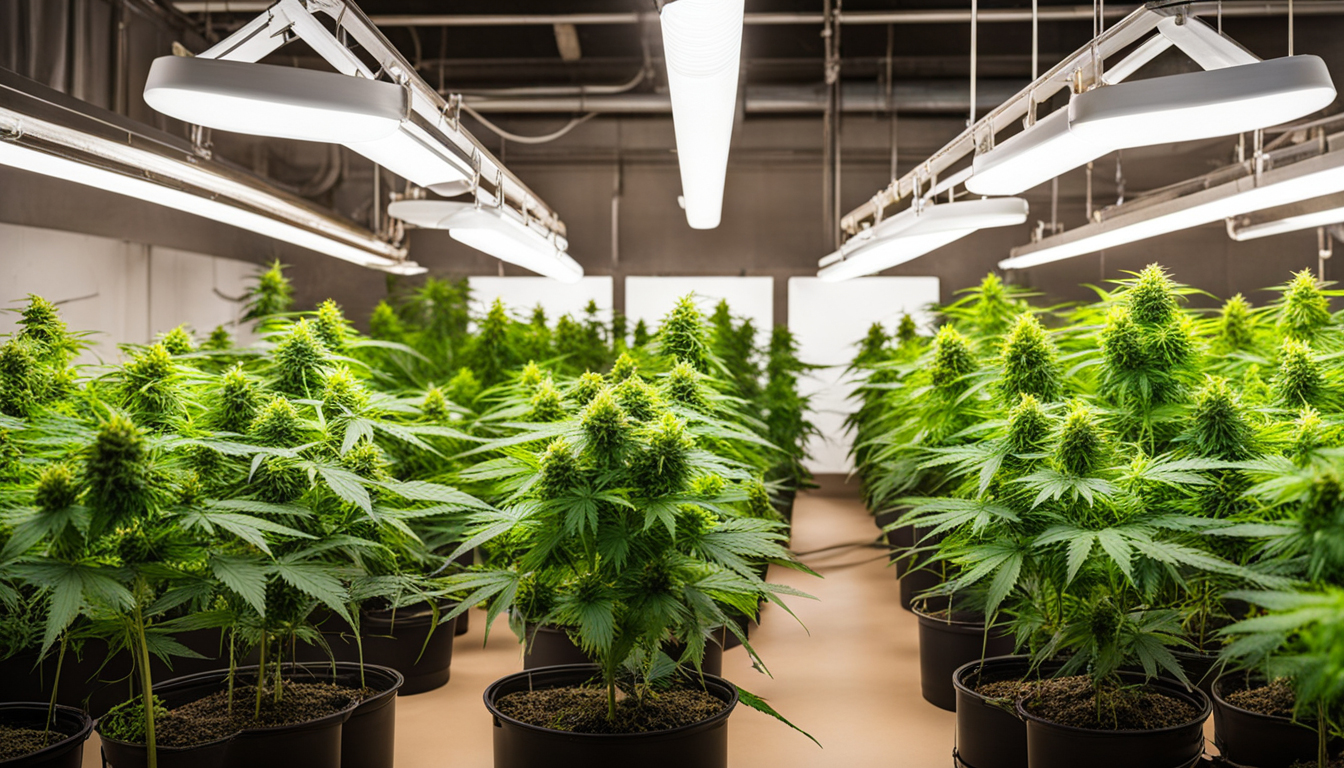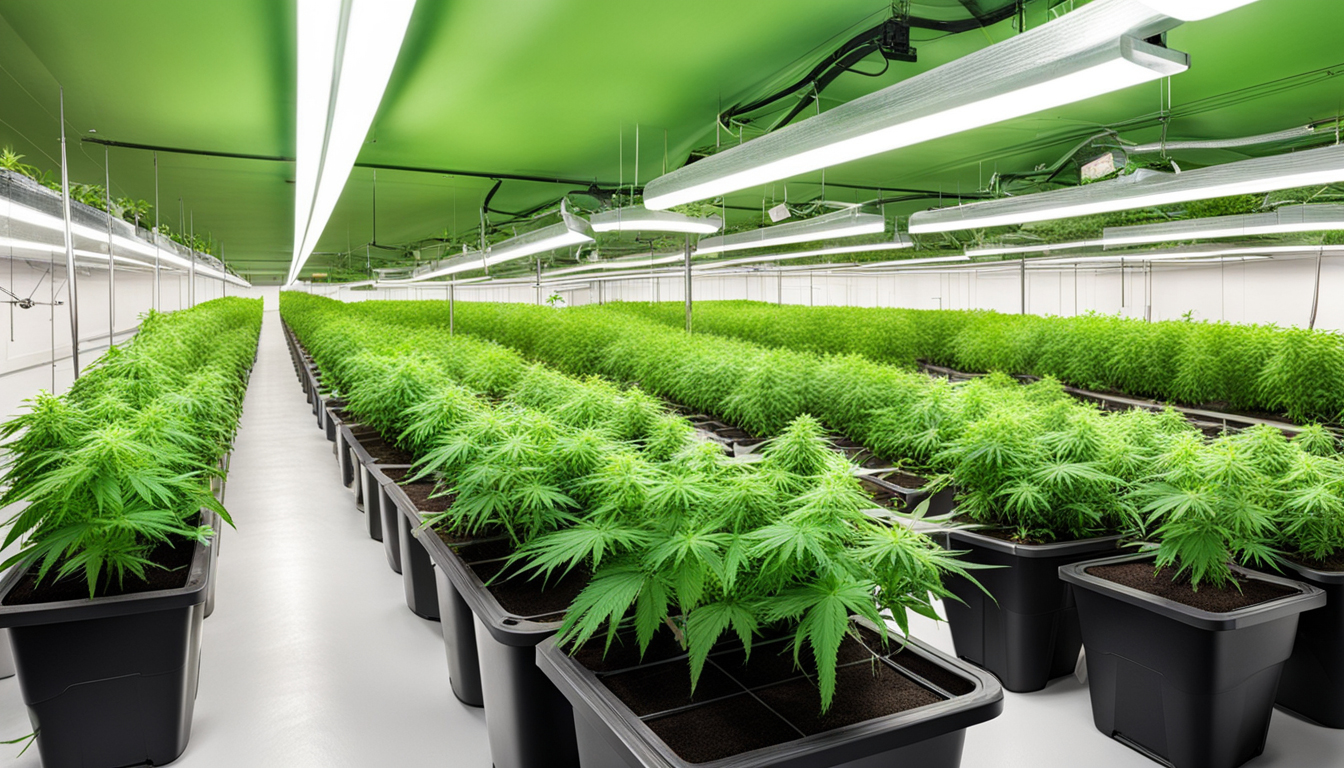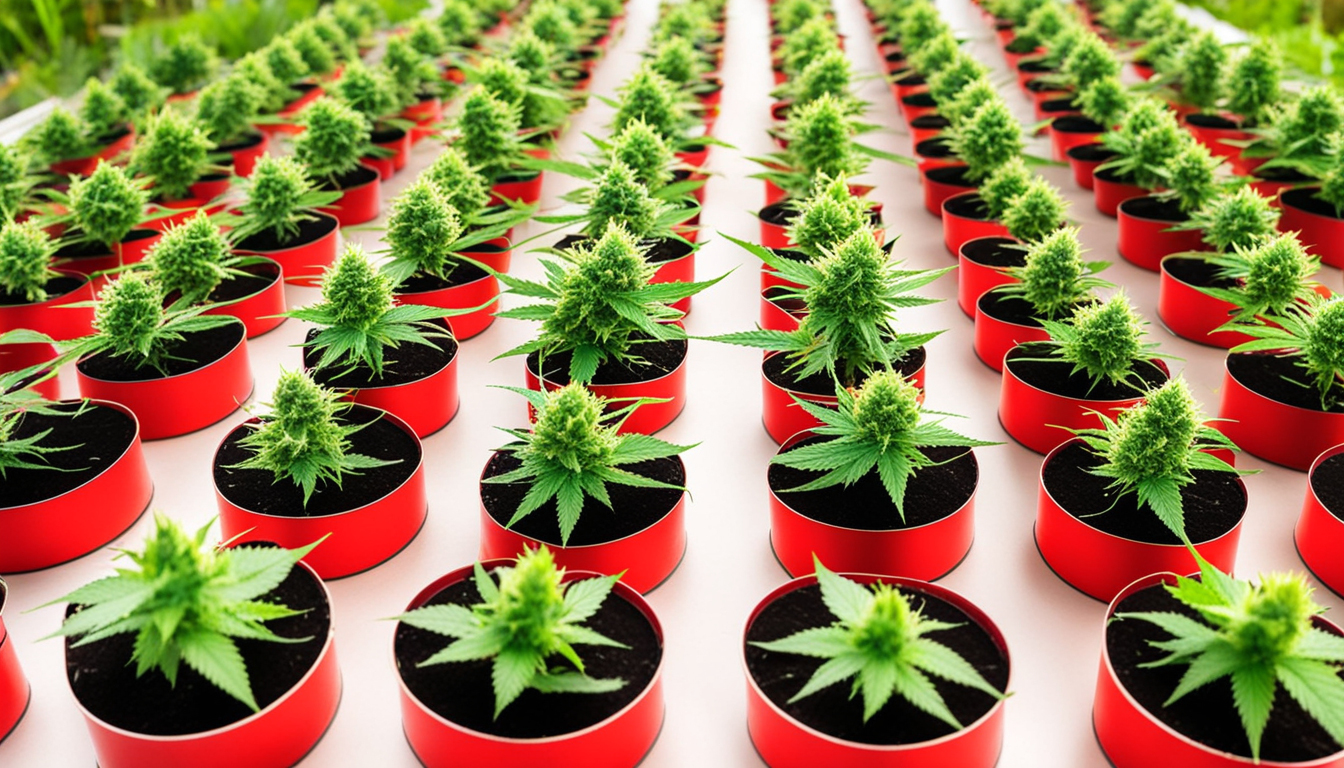
Whether you're new to marijuana production or looking to improve your existing grow, following this complete guide will help you produce big, high-quality yields right at home. With the right supplies, techniques, and care, cultivating cannabis indoors can be an extremely satisfying and cost-effective endeavor.
Choosing Marijuana Varieties
The first step in planning your indoor grow is picking the right marijuana cultivars to produce. The three main types of cannabis plants each have their own traits.
Energizing strains
Known for their energizing intellectual effects, these strains spread tall and slender with narrow leaves. They thrive in warmer equatorial climates and have a longer blooming time between 2.5-3 months indoors. Top sativa strains include Jack Herer, Durban Poison, Super Lemon Haze, and Jack Herer.
Relaxing strains
Indicas provide relaxing body-focused effects and spread short and bushy with wide leaves. Adapted to cooler mountain climates, they flower faster within 2-2.25 months. Popular relaxing varieties include Granddaddy Purple, Northern Lights, and Bubba Kush.
Hybrids
Hybrid strains mix traits from both energizing strains and relaxing strains. They offer combined effects and have moderate flowering periods around 9-10 weeks. Well-known mixes are Blue Dream, OG Kush, and Blue Dream.

Setting Up Your Grow Space
Cannabis plants need the right controlled environment to succeed. Key factors for indoor cultivations are lights, ventilation, layout, and finding the ideal discreet spot.
Location
Choose an unused space with easy access to irrigation and electrical outlets. An empty spare room, large closet, basement corner, or grow tent tucked away in a garage all make great discreet cultivation room spots.
Lights
Pot requires powerful light for all vegetative stages. LEDs are efficient and come in full spectrum options mimicking natural outdoor light. Provide 250-400 watts per square foot for the vegetative stage and 400-600 watts per square foot for flowering.
Airflow
Proper ventilation and exhaust systems maintain ideal temperature, moisture, and pure CO2 levels. Install quiet 10-15 cm blowers or carbon filters to circulate old air and eliminate odors.
Layout
Optimize your space by arranging plants strategically under the lamps and leaving room to access and work around them. Set up distinct zones for vegetation, flowering, curing, and cloning.

Cultivation Mediums
Pot can be grown in various mediums, each with benefits and cons. Pick a suitable option for your particular setup and growing style.
Soil
The traditional substrate, soil is affordable and simple for beginners. It provides excellent flavor but needs more watering and nutrients to feed plants. Amend soil with vermiculite or coco to enhance drainage.
Coco Coir
Made from coir, reusable coconut fiber holds water but still allows air to the roots. It's more sterile and more predictable than soil. Use coir-specific fertilizers to prevent calcium buildup.
Hydroponics
In hydro systems, plant roots develop directly in nutrient water solution. This enables rapid development but needs close observation of water properties. Deep water culture and irrigation systems are popular techniques.
Sprouting Seeds
Germination prepares your weed seeds to start sprouting radicles. This prepares them for planting into their cultivation medium.
Paper Towel Method
Place seeds between wet paper towels and maintain them damp. Check after a week for growing taproots showing germination is complete.
Direct Planting
Insert seeds directly into pre-moistened cultivation medium 1⁄4 inch deep. Gently water and wait 7-14 days until sprouts push through the top.
Cubic rockwool
Presoak rockwool cubes in pH-adjusted water. Place seeds 1⁄4 inch deep into the cubes. Keep cubes wet until sprouts emerge within 1-14 days.
Repotting Young plants
Once sprouted, weed young plants need to be repotted to avoid overcrowding. Move them into proper sized pots.
Ready Containers
Load large containers with growing medium amended with time-released fertilizer. Let containers to absorb water overnight before repotting.
Gently repotting
Carefully separate seedling roots from sprouting medium using a spade. Place into prepared pot at equal depth as before and lightly water in.
Growth Stage
The vegetative stage encourages leafy growth and plant structure through 18-24 hours of continual lighting intensity. This stage usually lasts 4-8 weeks.
Providing 18-24 Hours of Lighting
Use lamps on a 24 daily schedule or natural sunlight to trigger constant growth. Lamp output influences height and node distance.
Nutrients
Use grow stage nutrients higher in N. Make sure pH remains around 5.8-6.3 for full nutrient absorption. Feed 1⁄4 to 1⁄2 concentration after 14 days and strengthen gradually.
Training Techniques
Topping, low stress training, and scrogging direct shoot shapes for flat foliage. This boosts yields.

Bloom Stage
The blooming stage develops buds as plants show their sex under a 12 hour cycle timing. It lasts 2-3 months based on variety.
Changing Light Schedule
Switch grow lights to 12 hours on, 12 hours off or move outdoors for Donate Here outdoor 12 hour cycle. This triggers plants to start flowering.
Stop Fertilizing
Flushing removes nutrient salts to improve flavor. Feed lightly the first period then just use plain water the final 2 weeks.
Flushing
Maintain 12 hour photoperiod but leach using neutral pH water only. Return to plain watering if buds aren't ripe after two weeks.
Reaping
Knowing when pot is completely mature delivers maximum cannabinoid content and aroma. Cut down plants at optimal ripeness.
Identifying Ripeness
Look for swollen calyxes, faded pistils, and 10-15% cloudy trichs. Send a Message Inspect buds across the plant as they don't all mature evenly.
Harvesting plants
Use clean, sharp pruning shears to gently slice each plant at the base. Keep several inches of stalk attached.
Curing
Hang whole plants or colas inverted in a dark room with average temp and RH around 45-65% for 1-2 weeks.
Aging
Curing continues drying while improving the buds like aged spirits. This process smooths harshness and intensifies terpene contents.
Jars and Humidity
Trim cured buds from branches and place into glass jars, packing about 75% capacity. Use a hygrometer to measure container humidity.
Burping Daily
Unseal jars for a few hours each day to slowly reduce humidity. Remoisten buds if RH drops below 55%.
Long term storage
After 14-21 days when humidity levels off around 55-60%, perform a last trim and store forever in sealed jars.
Troubleshooting
Even seasoned growers run into various marijuana plant problems. Identify problems soon and address them correctly to keep a strong garden.
Nutrient Deficiencies
Chlorosis often indicate inadequate nitrogen. Anthocyanins and leaves show low phosphorus. Check pH and increase nutrients slowly.
Pests
Thrips, aphids, fungus gnats, thrips, and nematodes are common marijuana pests. Use neem oil sprays, predator bugs, and sticky traps for organic control.
Mold
Excessive humidity promotes powdery mildew and root rot. Improve circulation and circulation while reducing humidity under 50% during flowering.

Conclusion
With this complete indoor marijuana growing guide, you now have the knowledge to grow plentiful potent buds for private grows. Follow these steps and methods during the seed starting, vegetative, and bloom stages. Spend in quality equipment and carefully check on your plants. In time, you'll be compensated with frosty aromatic buds you grew yourself Discover More under the patient guidance of your green hands. Happy growing